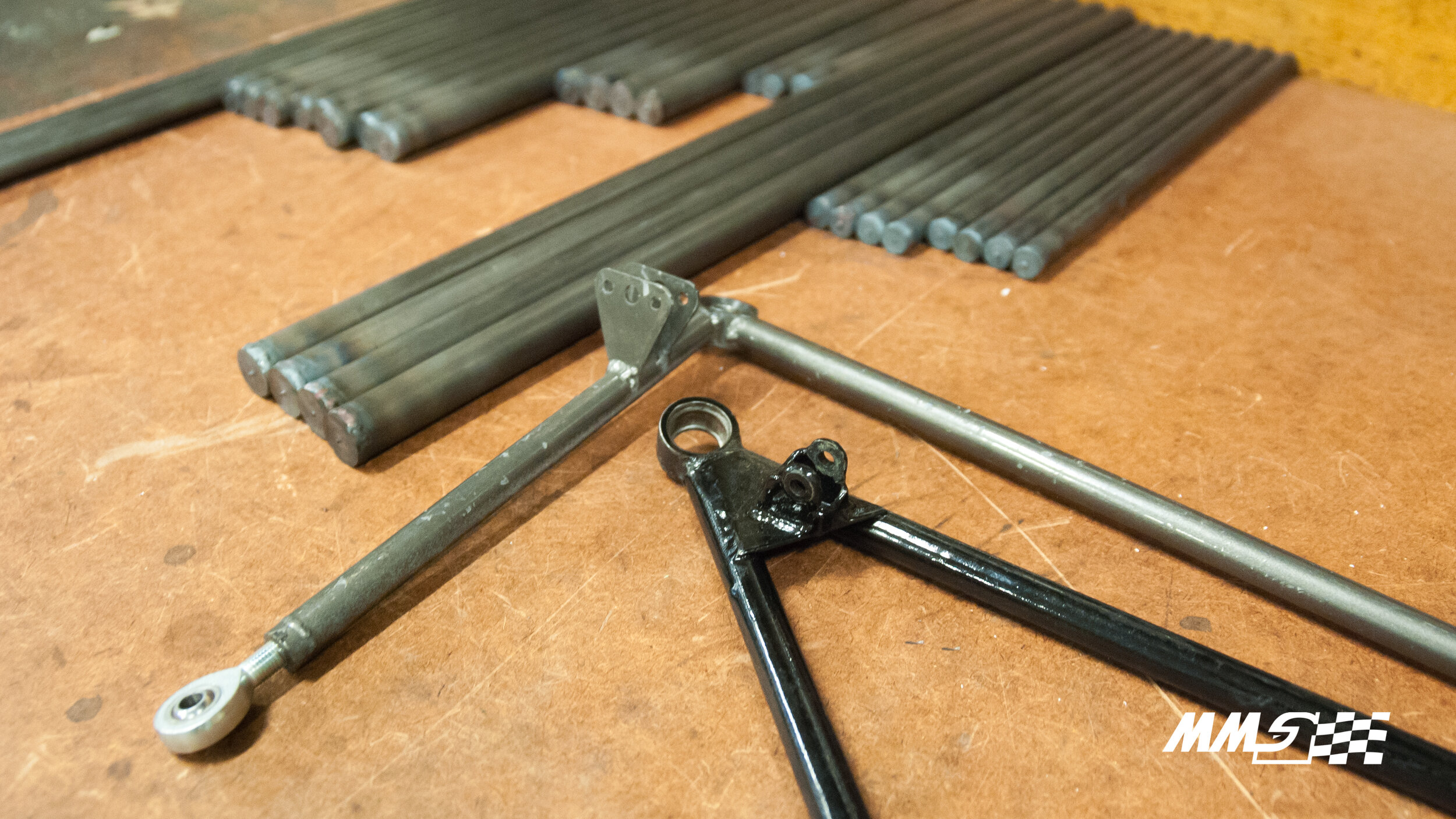A Gripping Race: Just a Wishbone Away
Cornering grip, or lateral mu, is the most sensitive parameter of a race car. In fact, it is eight times more sensitive than the next most sensitive parameter. This is why our suspension engineers obsess over maximising it throughout the testing and tuning period of our race cars.
The hunt for grip starts at the very conception of the car itself. The geometry of the car’s suspension components define how the car looks, where the rest of the car’s components can go, and most importantly; its dynamic performance. With the geometry determined, every part on the car can begin its design phase, as they now have physical, geometric and dynamic parameters in which to perform their task.
The suspension components of a car are mostly found in the outboards, this being; hubs, uprights, wheels, tyres, brakes, dampers, anti-roll bars and more. These outboard components must be affixed to the chassis in a way that minimises the negative effects that the roads surface, as well as dynamic forces, can cause a car to react. The geometry not only tells us where parts can be, but it also determines how and to what degree the movement of these parts will cause the loss of grip. This is where the wishbones come into play.
The wishbones allow us to attach our suspension components to our chassis. Their length and shapes are determined by the geometry, helping us to minimise camber changes to the wheels in different wheel and chassis movements and hence maximise grip. At Monash Motorsport, we pride ourselves on decisions that lead to ease of manufacture and intelligent resource allocation, which is why we use 4130 Chromoly steel tube wishbones. Through the use of this high strength steel tube, we are able to design and manufacture the wishbones quickly and effectively.
One of the most important procedures in the production of welded steel links is the heat treatment of the part post-weld. After a weld has cooled, it forms a heat affected zone. This occurs due to the high heat of the weld followed by the rapid uncontrolled cooling by the surrounding atmosphere which does not allow the material to expand and contract uniformly. This causes weaknesses and residual stresses in the material in what is called the heat affected zone.
Through the support of Ace Metal Treatment Services in Clayton, all of our wishbones are stress relieved to remove any residual stresses that occur during the welding process. The wishbones are returned to us as strong parts ready for 5 micron accuracy post machining to meet the required bearing tolerances.

